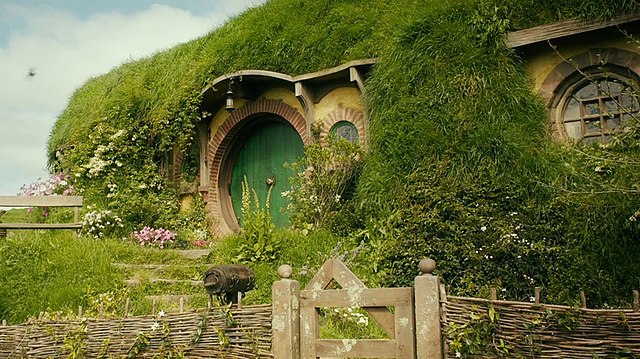The Road to Middle-Earth: How J. R. R. Tolkien Created a New Mythology is a scholarly study of the Middle-earth works of J. R. R. Tolkien written by Tom Shippey and first published in 1982. The book discusses Tolkien's philology, and then examines in turn the origins of The Hobbit, The Lord of the Rings, The Silmarillion, and his minor works. An appendix discusses Tolkien's many sources.
Two further editions extended and updated the work, including a discussion of Peter Jackson's film version of The Lord of the Rings.
First edition
Middle-earth is the setting of much of the English writer J. R. R. Tolkien's fantasy. The term is equivalent to the Miðgarðr of Norse mythology and Middangeard in Old English works, including Beowulf. Middle-earth is the human-inhabited world, that is, the central continent of the Earth, in Tolkien's imagined mythological past. Tolkien's most widely read works, The Hobbit and The Lord of the Rings, are set entirely in Middle-earth. "Middle-earth" has also become a short-hand term for Tolkien's legendarium, his large body of fantasy writings, and for the entirety of his fictional world.
A detail of Middle-earth in one of Peter Jackson's film sets
Medieval Christian cosmology: heaven above, earth in the middle, hell below. Vank Cathedral, Isfahan.



